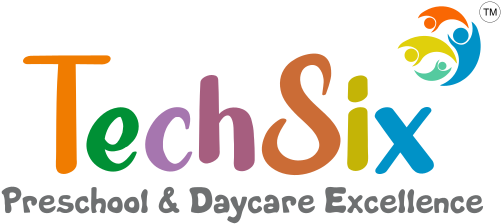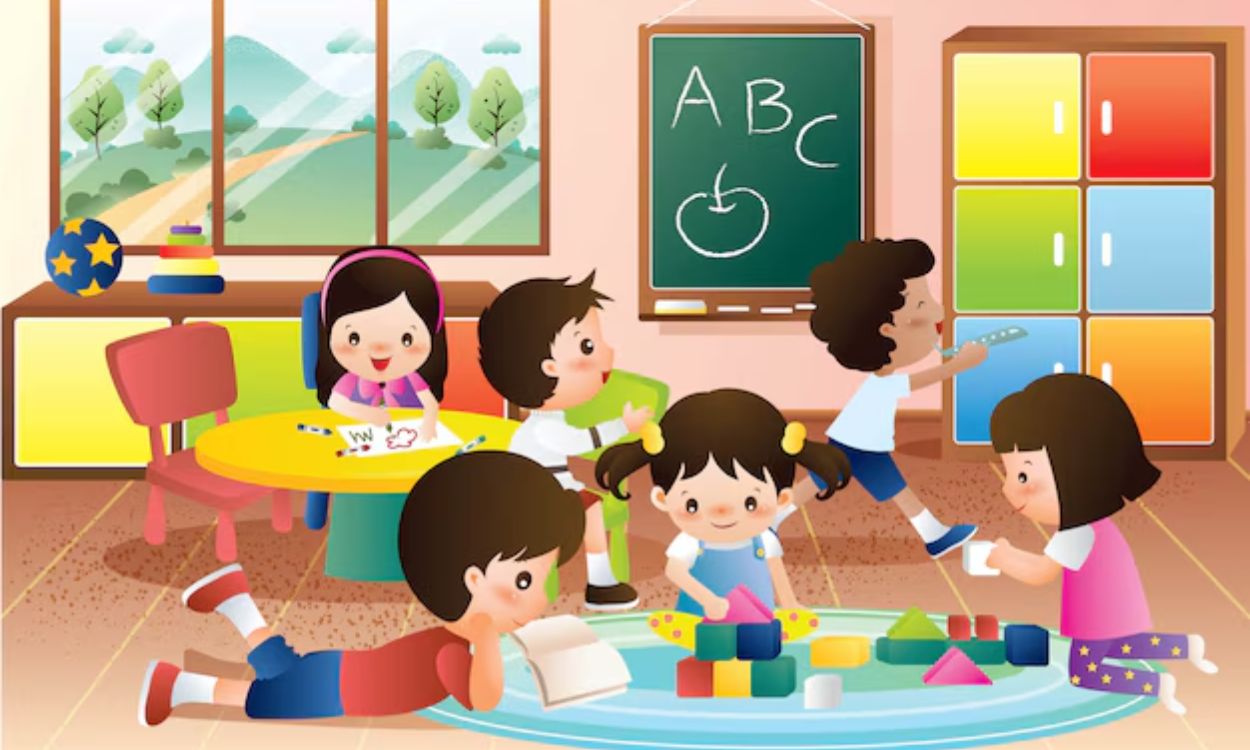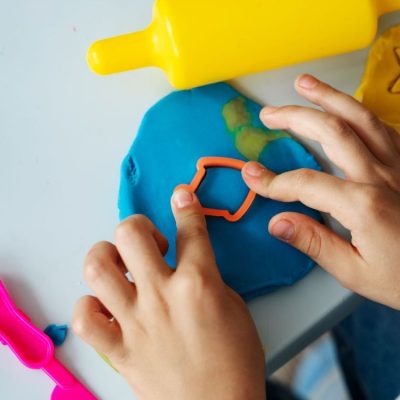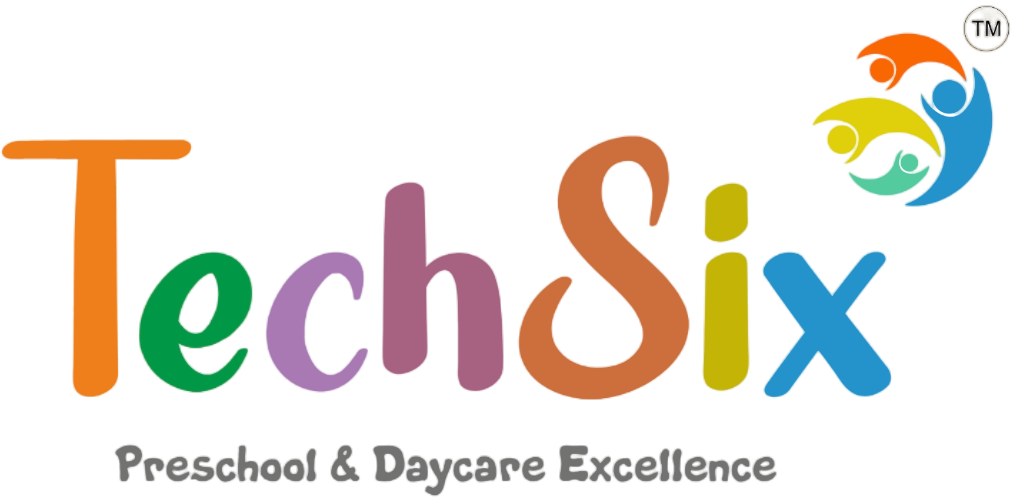Choosing the right preschool is a crucial decision for every parent. It sets the foundation for a child’s lifelong love of learning, social development, and even their first friendships. The process can feel overwhelming, with numerous factors to consider. To help ease the journey, here’s a comprehensive guide on what every parent should know when choosing the perfect preschool for their little one.
1. Understand Your Child’s Needs and Interests
Every child is unique, and preschool should cater to their personality, learning style, and developmental needs. Is your child very social or more reserved? Do they have specific interests, such as music or nature? Recognising these traits can guide you towards a preschool that will foster their strengths and help them grow in areas where they may need a little more support.
2. Research Different Preschool Philosophies
Preschools often follow distinct educational philosophies, and understanding these can help you choose one that resonates with your goals for your child. Here’s a quick overview:
- Montessori: Emphasises independence and hands-on learning. Children progress at their own pace by engaging in self-guided activities.
- Reggio Emilia: Focuses on project-based learning in a supportive environment where children’s interests drive the curriculum.
- Waldorf: Encourages creativity, imagination, and an experiential approach to learning.
- Play-Based or Traditional: Prioritises socialisation and play as the primary mode of learning, allowing children to explore and interact freely.
Each of these approaches offers unique benefits, so choose one that aligns best with your expectations and your child’s needs.
3. Evaluate the Curriculum and Learning Environment
The curriculum should strike a balance between academics and play-based activities. A quality preschool curriculum will engage children in age-appropriate learning while making space for fun and creativity. Look for a well-rounded program that includes early literacy, numeracy, music, art, and physical activities.
Visiting the preschool and observing classes can give you insight into the learning environment. It should be bright, welcoming, and child-friendly, with plenty of space for exploration. You might also want to see how teachers interact with children—whether they’re nurturing, encouraging, and attentive to each child’s needs.
4. Consider Class Size and Teacher-to-Student Ratio
Smaller class sizes and a low teacher-to-student ratio are often indicators of high-quality care. With fewer children to attend to, teachers can focus more on each child’s development and offer individualised attention. Generally, an ideal ratio for a preschool setting is around 1 teacher for every 8-10 children. This ensures that your child won’t be lost in the crowd and can form close bonds with both teachers and peers.
5. Observe Health and Safety Standards
Safety is non-negotiable in any preschool environment. Check that the school has proper security measures, such as secure entryways, strict drop-off and pick-up protocols, and well-maintained classrooms and play areas.
Additionally, cleanliness and hygiene should be a priority. Preschoolers can easily pick up germs, so look for signs of regular sanitisation and procedures to manage health concerns, especially in common areas and restrooms.
6. Look into Teacher Qualifications and Training
Qualified, trained, and enthusiastic teachers make a world of difference in your child’s early learning experience. Find out about the teachers’ educational backgrounds, certifications, and experience in early childhood education. Teachers who regularly engage in professional development and training are better equipped to provide a dynamic and supportive learning environment.
7. Assess Communication and Parent Involvement
An ideal preschool will maintain open lines of communication with parents, keeping you informed of your child’s progress, school events, and any important updates. Ask about the frequency and methods of communication, whether through weekly newsletters, parent-teacher meetings, or online platforms.
Many preschools also encourage parental involvement, allowing you to participate in activities or volunteer in classrooms. This can be a great way to feel connected to your child’s school experience and witness their growth firsthand.
8. Review Policies on Discipline and Conflict Resolution
Every preschool has its approach to discipline and handling conflicts among children. It’s important to understand these policies to ensure they align with your parenting style. Look for positive reinforcement strategies that focus on teaching rather than punishment. For instance, many quality preschools use conflict resolution techniques that encourage children to communicate their feelings and understand others’ perspectives.
9. Explore Extracurricular Activities
Many preschools offer extracurricular activities like music, dance, sports, or language learning. While not essential, these activities can provide additional outlets for creativity, physical development, and social interaction. If your child shows an interest in a particular activity, ask whether the preschool offers a program or classes in that area.
10. Trust Your Instincts
Ultimately, trust your instincts when choosing a preschool. Sometimes, you can feel immediately comfortable in a school, sensing it as the right fit for your child. If something doesn’t feel right, take it as a sign to keep exploring other options. Remember, you know your child best, and your intuition is a valuable tool in this journey.
TechSix
TechSix stands out as Gurgaon’s best preschool, offering a nurturing, safe, and engaging environment for early learning. Guided by Montessori principles, TechSix combines structured academics with play-based activities, ensuring a holistic development approach. Our experienced teachers foster curiosity, social skills, and confidence, setting the foundation for lifelong learning.
Why Choose TechSix?
- Montessori-Based Learning: Encourages independent exploration.
- Experienced Teachers: Skilled in early childhood education.
- Safe, Child-Friendly Environment: Prioritizes safety and hygiene.
- Play-Based Curriculum: Balances learning with creativity.
- Parental Involvement: Regular updates and engagement opportunities.
At TechSix, every child blossoms, building essential skills for future success.
Final Thoughts
Selecting the right preschool is a meaningful milestone for both you and your child. It’s more than just academics—it’s about nurturing their natural curiosity, encouraging social skills, and building a foundation of confidence and joy in learning. Take the time to explore, ask questions, and evaluate options based on the aspects above.
When you find the right preschool, you’ll know you’ve set your child on the path to a fulfilling educational journey, and you can rest assured that their early learning experiences will be safe, joyful, and enriching.
Don’t Miss: Benefits of a Structured Routine in Play Schools for Toddlers





